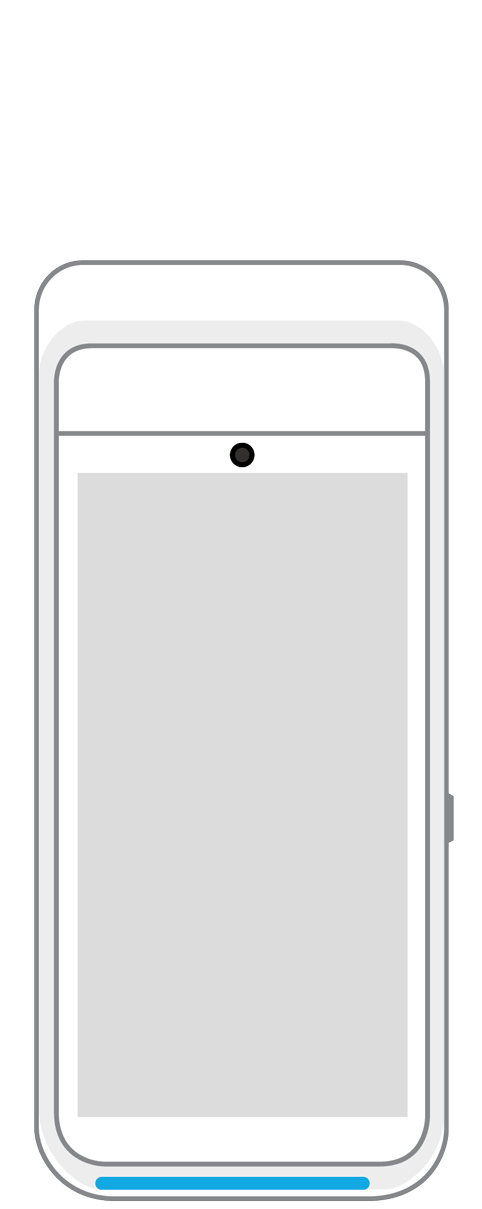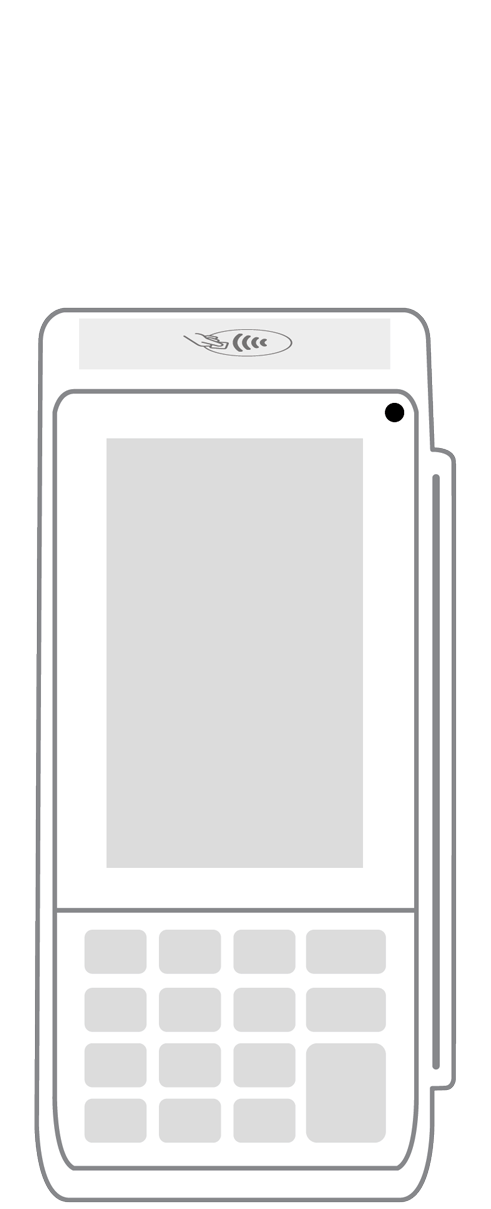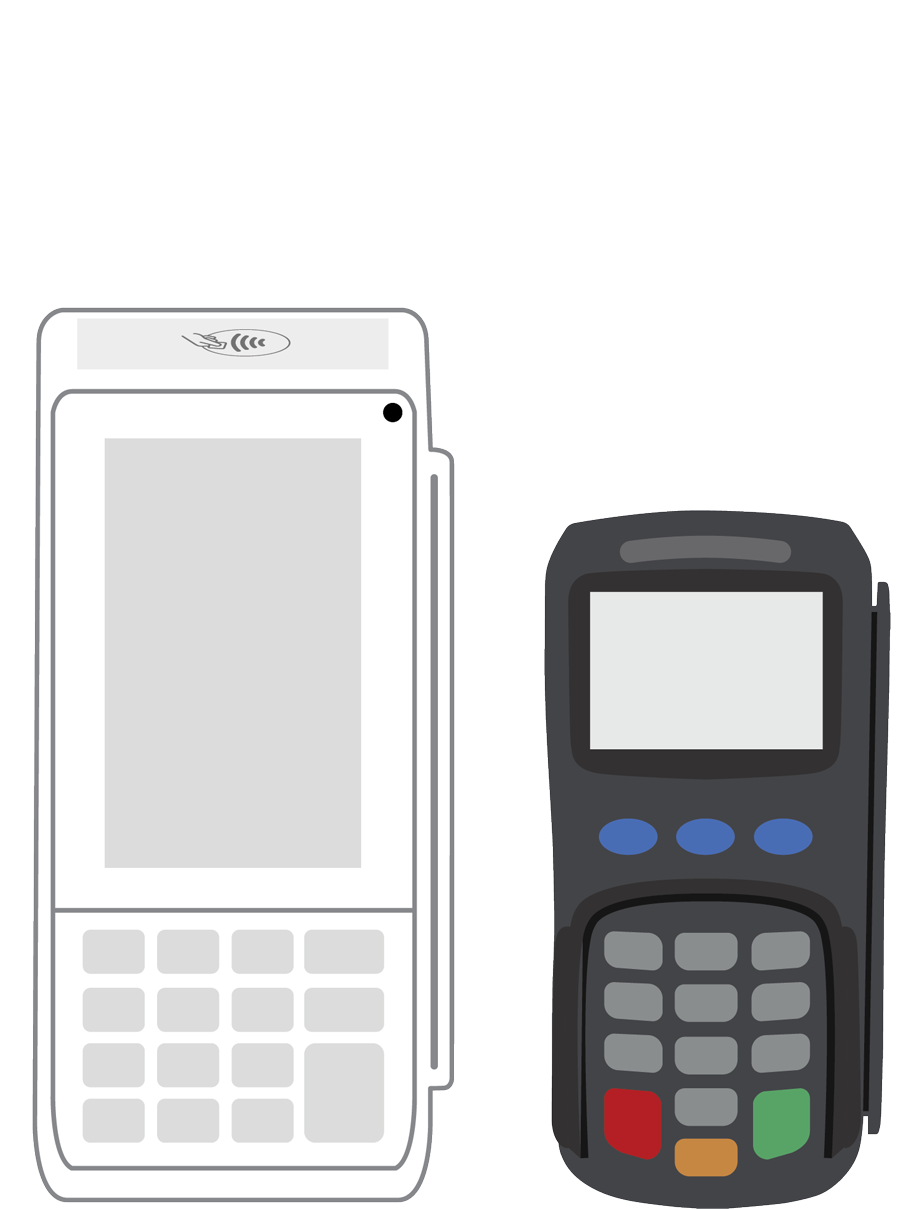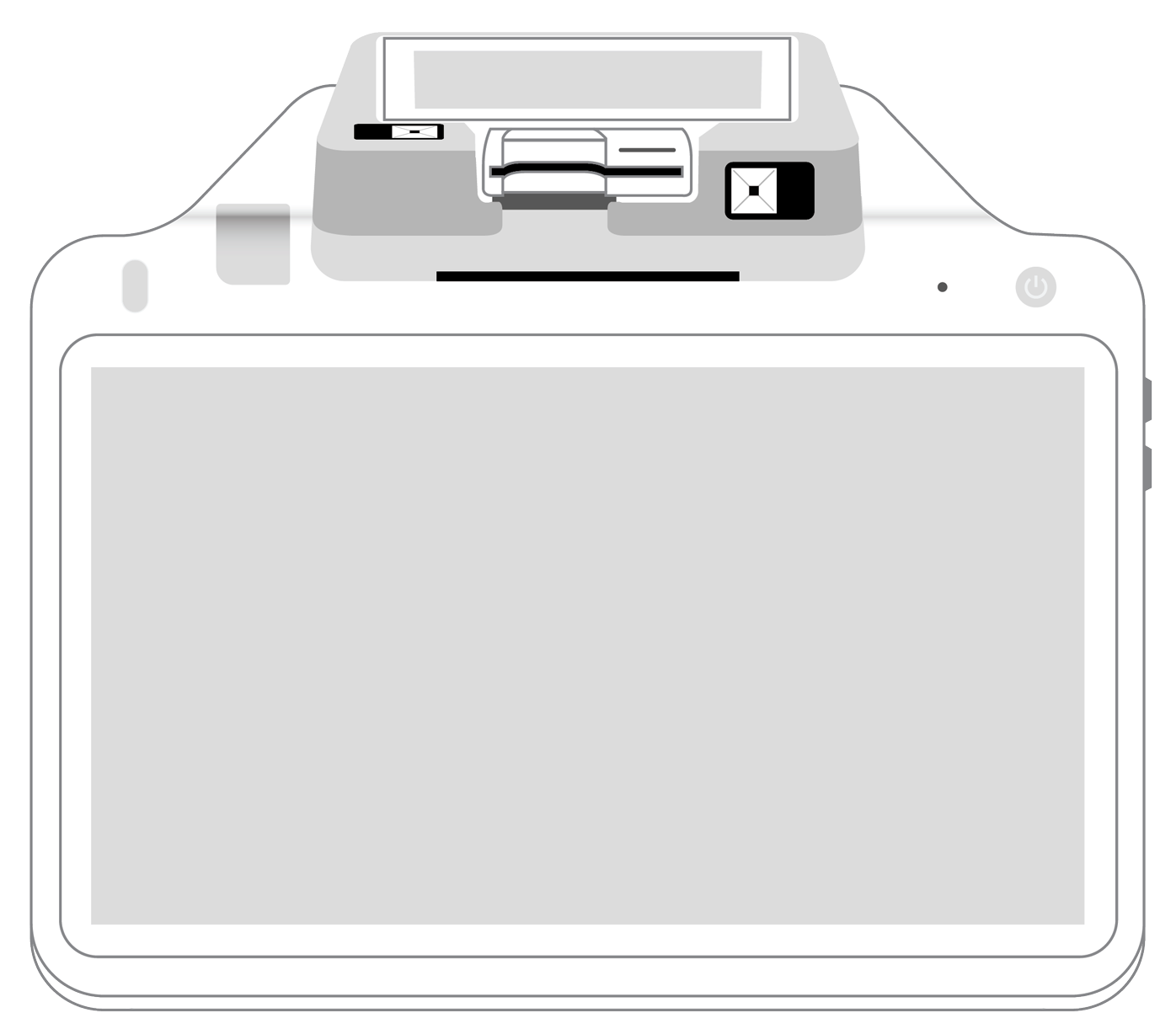4 steps for integrating mobile payments into your business

When you set up your business to use mobile card readers as part of a strong mobile payments system, you will benefit both your store and your customers. That’s because when you expand the ways that people can complete the checkout process, their experience will be more convenient, positive and flexible.
But just what steps should you take to integrate mobile payments into your infrastructure?
1. Understand what mobile payments are.
Anytime a customer uses a smartphone, wearable, or tablet or inputs their information into an electronic device to complete their checkout process, they have made a mobile payment.
With the assistance of a digital wallet or a banking app, the customer’s account or payment details can seamlessly be connected to your point of sale solution.
Mobile payments take several forms. They might occur when a customer makes a card-not-present (CNP) transaction via a web browser on their smartphone or computer. The process is complete after they enter their details into your checkout page.
Another option is to offer customers a quick response (QR) code that takes them to your checkout page.
If you have already invested in developing an app for your brand, you can incorporate mobile payments directly into that software. Doing so will provide your customer with an easy and secure experience that simultaneously elevates your brand.
Another option is to send a payment link directly to your customer via email, text or SMS, or to place it within a “buy now” button on your website. When clicked on, this link takes the customer right to your secure checkout page where payment details can be finalized in just a few clicks.
Finally, mobile point of sale payments offer you a way to use your mobile device as a payment terminal at your brick-and-mortar store.
Alternatively, you can use a virtual terminal provided by your payment processor to manually key in customer payment details that are provided to you over the phone or given at an in-person event. The best way to use mobile payments depends on the type of business you run, the customers you serve, and your company goals.
2. Get your online business ready to take mobile payments.
If you sell products or services over the internet, you will first need to find a payment services provider. This company will furnish you with the accounts, hardware, software, and expertise that will enable you to securely take payments, offer various choices, and grow as your business does.
Your provider will instruct you on how to set up your website’s payment infrastructure and connect it with your business bank account.
3. Prepare your brick-and-mortar store.
In many respects, your physical store’s payment infrastructure is similar to that on your ecommerce site.
As such, you will still need to select a payment processor with transparent services, fair pricing, the capability to offer various payment choices and a robust customer service portal that can help you if questions or problems arise.
In addition, however, you will need to obtain hardware that will enable in-person customers to complete their payments. This can come in the form of a wireless Bluetooth card reader or even a contactless option that is integrated with your point of sale system.
Whatever you choose, be sure that it seamlessly works with the other parts of your POS, enabling the data to be used for inventory and employee management, customer relationships tools, accounting, and report generation.
4. Get the word out.
What good are your updated, expanded options if no one knows that you have taken the time to implement them?
Once your systems are ready to go live, be sure to notify your in-person and online buyers that they can now pay in new and different ways.
Spreading the news should happen through all of your communication channels. Take advantage of your social media pages, blast out some celebratory emails and post the information in your physical store.
You might even want to offer incentives to buyers to use your new payment options by giving discounts or small prizes when customers complete their purchases using your mobile choices.
Incorporating mobile payments into your business can bring numerous benefits to you and your customers. Doing so saves you time, lets you get paid faster, gives you a world of additional customer insights, and boosts your revenue and security profile.
Perhaps best of all, it inspires a higher level of customer trust and satisfaction that can help to elevate your brand above your competitors. Now that you know this, isn’t it time that you brought mobile payments into your retail operations?
 3-in-1 Reader |  Terminal |  Keypad |  PINPad Pro |  Flex |  POS+ | |
|---|---|---|---|---|---|---|
Payment types | ||||||
EMV chip card payments (dip) | ||||||
Contactless payments (tap) | ||||||
Magstripe payments (swipe) | ||||||
PIN debit + EBT | ||||||
Device features | ||||||
Built-in barcode scanner | ||||||
Built-in receipt printer | ||||||
Customer-facing second screen | ||||||
External pinpad | ||||||
Wireless use | ||||||
Network | ||||||
Ethernet connectivity | With dock | |||||
Wifi connectivity | ||||||
4G connectivity | ||||||
Pricing | ||||||
Free Placement | ||||||